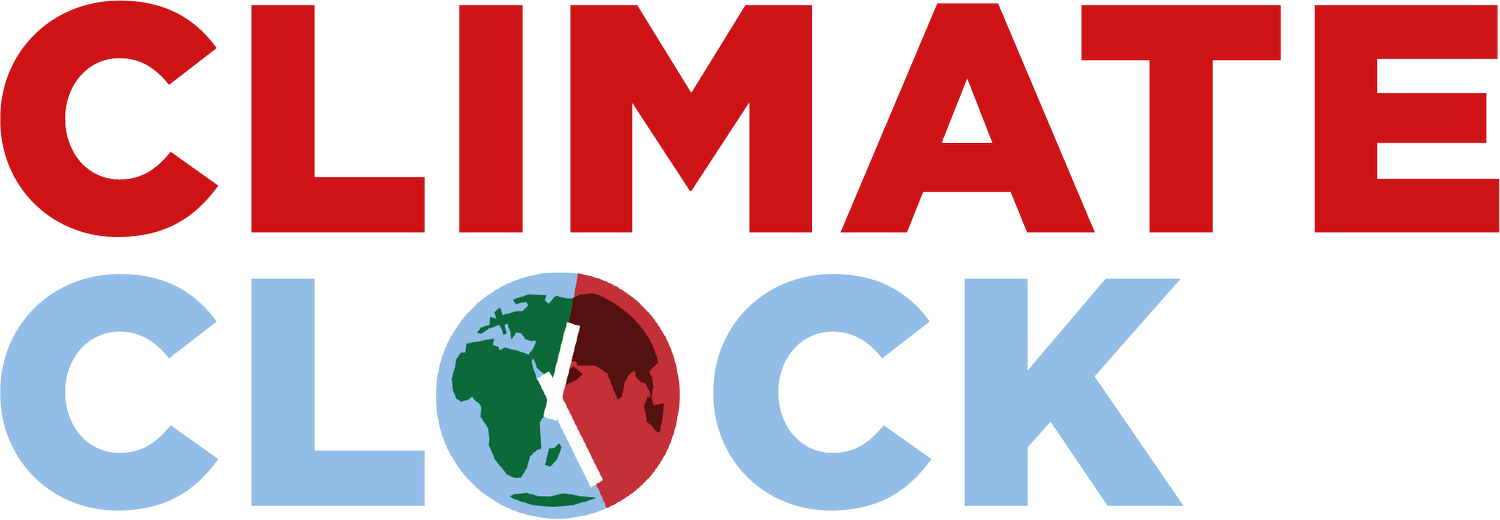
the Science.
The science is clear: we are in a Climate Emergency. Decades of increasing carbon emissions are harming the natural and societal systems upon which humanity depends, threatening untold ecological and human devastation if we do not #ActInTime. The good news: there is still time.
Backed by the latest science, the Climate Clock tells us what we must do, by when. The Deadline and Lifelines on the Climate Clock make explicit the speed and scope of action that political leaders must take in order to limit the worst climate impacts.
The Clock’s Deadline tells us that, at current rates of greenhouse gas emissions, we have less than eight years left in our global “carbon budget” that gives two-thirds chance of staying under the critical threshold of 1.5°C of global warming.
The Clock’s Renewable Energy Lifeline tells us that the percent of global energy coming from renewable sources is currently at 12.5% and rising, but not nearly fast enough.
Together, the Deadline and Lifeline frame our mission: We must #ActInTime to drive down greenhouse gas emissions and build a 100% renewable future.
This is a timeline that no government is yet willing to commit to, but we must do what science and justice demand, not what elected officials or CEOs might deem convenient.
We mustn’t pretend we have more time than we do.
We have one Deadline, and many Lifelines. Let’s #ActInTime.

One DEADLINE
Carbon Budget for 1.5ºC
In 2018, the Intergovernmental Panel on Climate Change published a Special Report - the first attempt by climate scientists to quantify a remaining global carbon budget that could feasibly keep global warming below 1.5ºC. In summer 2021, the IPCC published a report on the physical science basis of climate change, which included updated carbon budget estimates for limiting global warming to 1.5ºC. In this report, IPCC researchers estimated that, beginning in 2020, humans could release an additional 400Gt of carbon into the atmosphere and still have a 67% chance of limiting warming to 1.5ºC (see here, table SMP.2).
The Climate Clock deadline shows how long we have left until this carbon budget runs out, given the amount of carbon we continue to emit globally.
The clock will continue to run down until it hits zero, at which time our carbon budget would be depleted and the likelihood of devastating global climate impacts would be very high. We must take action to reduce global greenhouse gas emissions toward zero as quickly as possible within this critical time window for action.
Data for the deadline is sourced from the Mercator Research Institute on Global Commons and Climate Change. The MCC’s carbon clock assumes an average annual rate of 42.2 Gt of carbon emissions in order to calculate the time remaining on the clock. However, if rates of global emissions continue to rise, our carbon budget will run out even faster. If we cut the rate of global carbon emissions, time on the clock would hypothetically begin to increase.
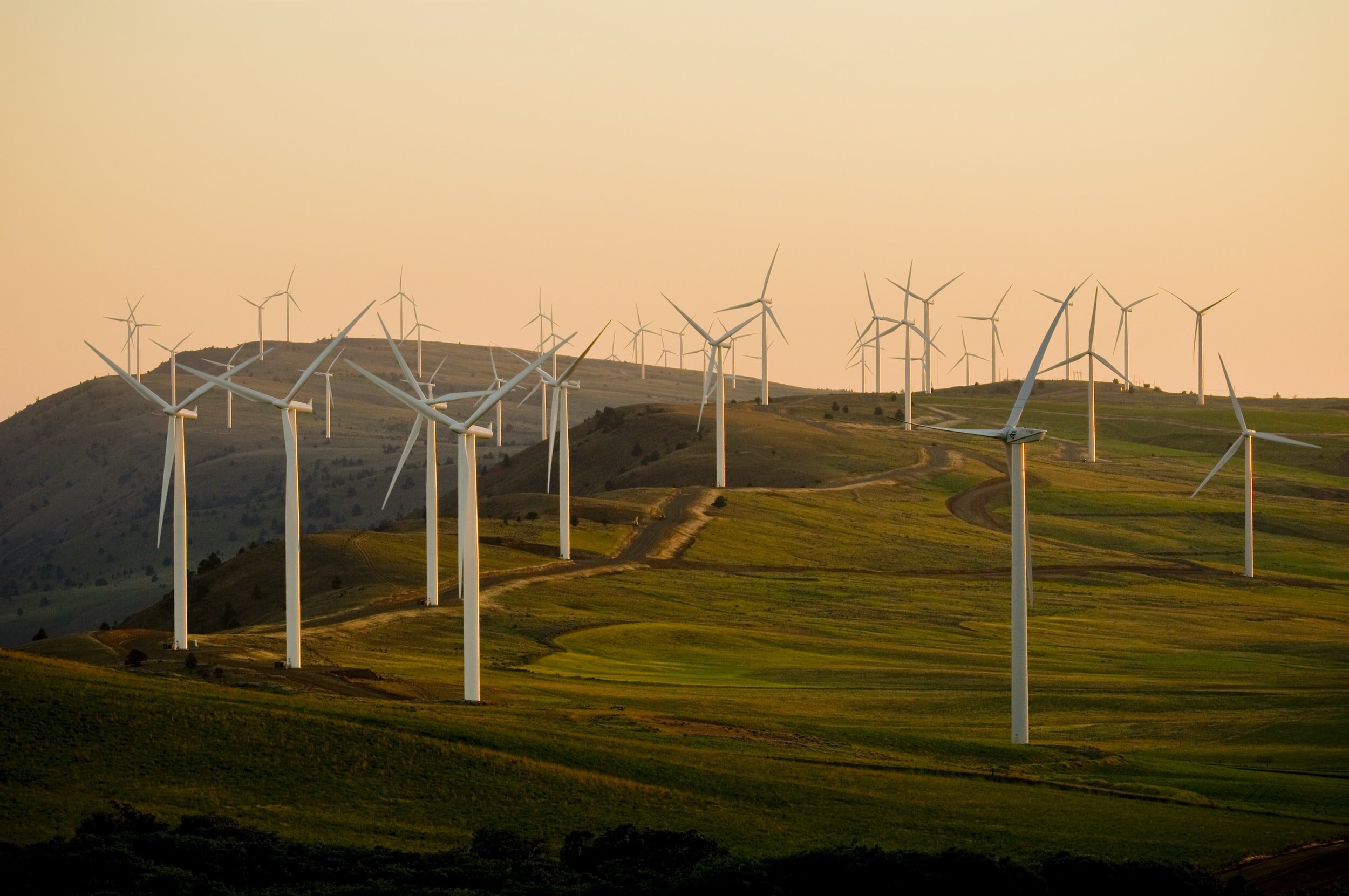
Many LIFELINEs
#1: Renewable Energy
Around three-quarters of global greenhouse gas emissions come from the burning of fossil fuels for energy. To reduce global emissions we need to rapidly shift our energy systems away from fossil fuels to renewable sources of energy – especially wind and solar.
This lifeline represents the percentage share of global energy consumption generated by renewable resources. We must transition our global energy system away from fossil fuels and increase this lifeline to 100% as soon as possible.
“Renewable energy” refers to the sum of energy generated from hydropower, solar, wind, geothermal, wave and tidal, and bioenergy sources. It does not include energy from traditional biomass (wood, crop residues, and charcoal), as global data from these sources is limited.
Data for the Renewable Energy Lifeline is sourced from Our World In Data, an open -ource database and a project of the Global Change Data Lab and the Oxford Martin Programme on Global Development at Oxford University.
According to Our World in Data, renewable energy made up 11.41% of the share of global primary energy consumption in 2019. The clock currently assumes an annual percentage change in renewable energy share of 5.655% relative to the previous year - the average growth rate in renewable energy share from 2016-2019. This rate is updated each year as annual data becomes available.
Full Citation: Hannah Ritchie and Max Roser (2020) - "Renewable Energy". Published online at OurWorldInData.org. Retrieved from: Our World In Data.
For more on Our World In Data’s methodology, click here then and click the “Sources” tab on the chart.

#2: Indigenous Land sovereignty
Launched on Indigenous People’s Day in 2021, the Indigenous Land Sovereignty Lifeline displays the total area of land and inland waters currently managed by Indigenous Peoples and Local Communities (IPLCs) worldwide.
Indigenous communities are critical stewards of the planet’s natural carbon sequestration capacity, which must be protected in order to prevent the worst impacts of climate change.
According to analysis from the Rights and Resources Initiative, Indigenous Peoples and local communities manage 300,000 million metric tons of carbon stored in their trees and soil, equivalent to 33 times global energy emissions in 2017. In the Amazon Basin, indigenous lands have a higher carbon density per hectare than non-indigenous areas, and many indigenous lands, including many in the Amazon, are carbon sinks, absorbing more carbon than they emit, unlike many other state-managed lands.
Although they comprise less than 5% of the global population, Indigenous People protect 80% of the world’s biodiversity in the forests, deserts, grasslands, and marine environments in which they have lived for millennia.
However, many Indigenous People and local communities across the world lack formal recognition of their land tenure rights by national governments, putting their lands at risk of development and degradation.
"Today, Indigenous land protects life, Indigenous land protects the future,” said Karai Djekupe Guarani, a leader amongst the Guarani People of Brazil. "Besides the white, European way of living, there are other ways of living that need to be respected, including ours.”
Data for the Indigenous Land Sovereignty Lifeline was sourced from The state of Indigenous Peoples’ and Local Communities’ lands and territories report, published in June 2021 by the World Wildlife Fund, the United Nations Environment Programme, and the Landmark Global Platform for Indigenous and Community Lands.
——
The current message on the Monumental Climate Clock in Union Square reads:
INDIGENOUS LAND STORES CARBON AND PROTECTS BIODIVERSITY
43.5 MIL KM² LAND PROTECTED BY INDIGENOUS PEOPLE
RECOGNIZE INDIGENOUS LANDS
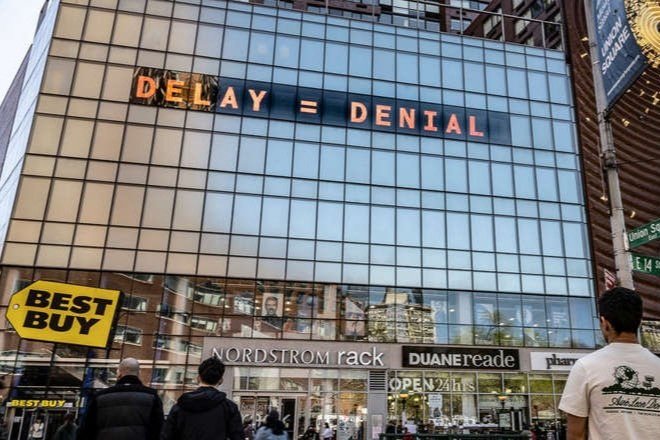
#3: LOSS AND DAMAGE
Current Amount Owed :
$34 TRILLION (G20)
$12.9 trillion (G7)
The Climate Clock’s Loss and Damage Lifeline tracks the climate debt (in $US) that wealthy, high-emitting G20 countries owe for the devastating impacts their excessive carbon emissions have caused to others, especially those in "developing" countries. Paying for Loss & Damage is a key climate lifeline, a clear climate solution to help the world meet its necessary climate goals.
Overview
Devastating climate change impacts are not only going to occur in the future. They have already been occurring for decades and are now increasing in severity. Countries who have contributed the least amount to carbon emissions have experienced the greatest negative impacts, as the direct result of the higher emissions of wealthier countries, who have benefited greatly. As a result, a climate debt is owed to cover the real, material Loss & Damage costs caused by climate change. These funds are needed for impacted countries to remediate the damage, adapt to a changing climate, while also providing the finances to pursue pathways towards a more just, sustainable future.
Impacts
Heat waves, forest fires, droughts and massive floods caused by climate change have become daily headlines, forcing 26 million people into poverty each year. People living in poverty are twice as likely to work in sectors highly susceptible to extreme weather events, live in fragile housing in vulnerable areas, and have less support to recover and rebuild. In 2021 alone, 10 extreme weather events caused a worldwide economic loss of around $170.3 billion. Not only are people losing their homes and livelihoods, but also their culture, dignity and future opportunities. The vast majority of this heartbreak and devastation occurs in “developing” countries.
Cost
These impacts have understood since 1979, when world leaders first recognized climate change as a serious problem at the World Climate Conference. Since then carbon emissions have continued to rise, with devastating impacts, especially on the developing world. The economic burden on developing countries from the damage caused by climate change has become unsustainable. According to researchers at the Center for Global Development, by 2019 the G20 countries had accumulated $29.7 trillion in climate debt, most of it owed to the "developing" countries. Once the 2020 data on CO2 emissions is taken into account, This debt comes to $31.8 trillion ($12.3 trillion for G7). And unless world leaders commit to radically reduce carbon emissions and transition to clean energy, that debt is expected to rise to ~$42T by 2030 (~$15.6T for G7).
The goal
This lifeline is a tool the climate justice movement can use to demand that the loss and damage climate risk finance framework be finalized at COP27 this November, and to secure trillions of dollars in climate finance for the “developing” world over the next five years.
What does this number mean?
The amount of money (US$) the G20 (and G7) countries owe in climate debt to date, since 1979. Calculation is based on the Carbon Liability Model from the Center for Global Development’s report on Valuing Climate Liabilities: Calculating the Cost of Countries’ Historical Damage from Carbon Emissions to Inform Future Climate Finance Commitments by Lee Robinson, Ian Mitchell, and Atousa Tahmasebi. Updated data from 2020 on historical CO2 emissions were sourced from Our World in Data.

#4: Gender parity
Gender parity in national governance is an important climate solution.
Currently (according to the IPU), the percentage of women represented in all national parliaments is 27%. Women's movements and climate movements the world over aim to raise that to 50%. The demand to achieve gender parity remains a key cross-cutting factor in all negotiations and agreements to combat the adverse effects of climate change.
Years of research has shown that when women participate in decision-making spaces, not only is there more effective risk management in their communities, they show a greater commitment to promoting climate policies that result in the reduction of carbon dioxide emissions. Multiple studies show a clear positive correlation between female representation in parliaments and the robustness of climate action. One study, for example, showed that in countries with 38% or more women legislators, per capita forest cover increased considerably.
The Paris Agreement recognized that women's participation in decision-making was essential to achieve climate justice, and established gender equality and the empowerment of women as key for policy design. In a 2019 report, the International Institute for Sustainable Development states that women must be part of any effective adaptation to climate change.
This lifeline is additionally important, because women – due to the disadvantaged position that historical inequalities have perpetuated – are more adversely impacted by climate breakdown/disruptions than men. It is a core principle of climate justice to take leadership from the most impacted, and to recognize they are also more likely to better understand the solutions that are needed. The state of vulnerability women and girls face, especially in times of crisis, reflected in access to resources, assets, services and participation in decision-making spaces, causing them to be more affected than the rest of the population. Women are also more likely to experience episodes of gender-based violence after disasters, which reduces women's adaptive capacity and resilience, weakening the future resilience of communities, as has been observed in different regional contexts.
For reasons of both justice, democracy, and survival, we must strive to achieve gender parity in national parliaments.
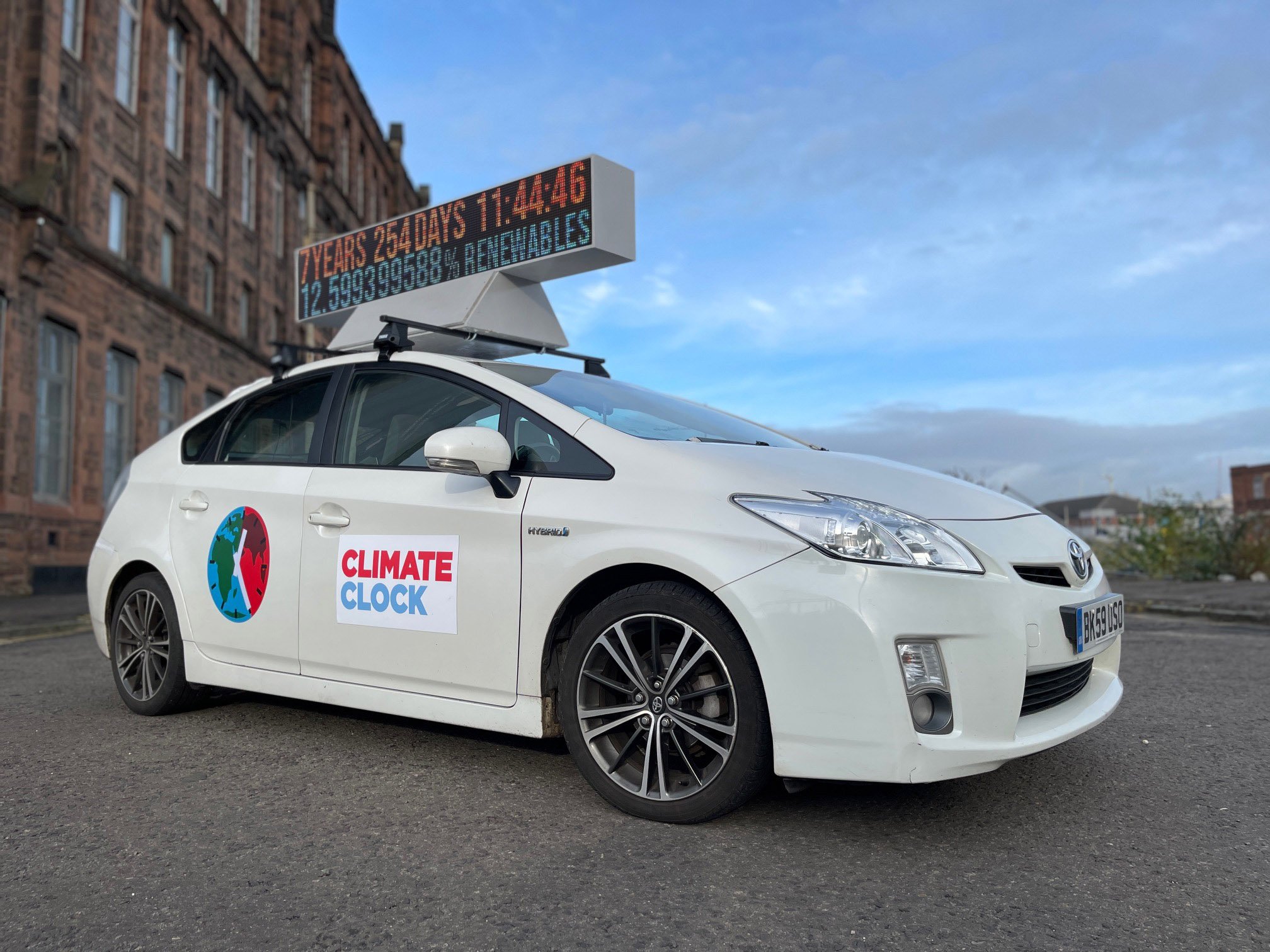
#5: FOSSIL FUEL DIVESTMENT
Divestment from fossil fuels is crucial to combat climate change by bringing economic pressure on Big Oil & Gas and encouraging investors to align with a just transition to renewable energy.
The extraction and burning of fossil fuels is the primary cause of climate change, leading to rising temperatures, extreme weather events, and ecological disruptions. Global CO2 emissions reached a record high in 2022 of 36.6 billion tons.
According to the IPCC, if there’s no significant action to reduce emissions, the world will exceed the remaining carbon budget for 1.5°C (50%). Fossil fuel companies wield immense power, hindering renewable energy adoption and endangering human health and biodiversity. As communities around the world face climate whiplash, fossil fuel companies bargain with our lives and livelihoods in the name of profit. The IPCC urgently warns that “there is a rapidly closing window of opportunity to secure a liveable and sustainable future for all,” with UN Secretary General Antonio Guterres stating, “new funding for fossil fuel exploration and production infrastructure is delusional.” Divesting can accelerate the global transition to clean energy and sustainable practices.
The Global Fossil Fuel Divestment Commitments Database — originated in 2012 by 350.org; now managed by Stand.earth — showcases the incredible success of the fossil fuel divestment movement, with 1591 institutions representing over $40.76 trillion in assets committed to divest. The database is updated every time a new commitment is made public.
Use this Lifeline to celebrate the already impressive achievements of the divestment movement, urge more institutions to divest their holdings from fossil fuels and invest in renewable energy and other climate-safe solutions towards a just transition.
Use this social media toolkit to spread the word.
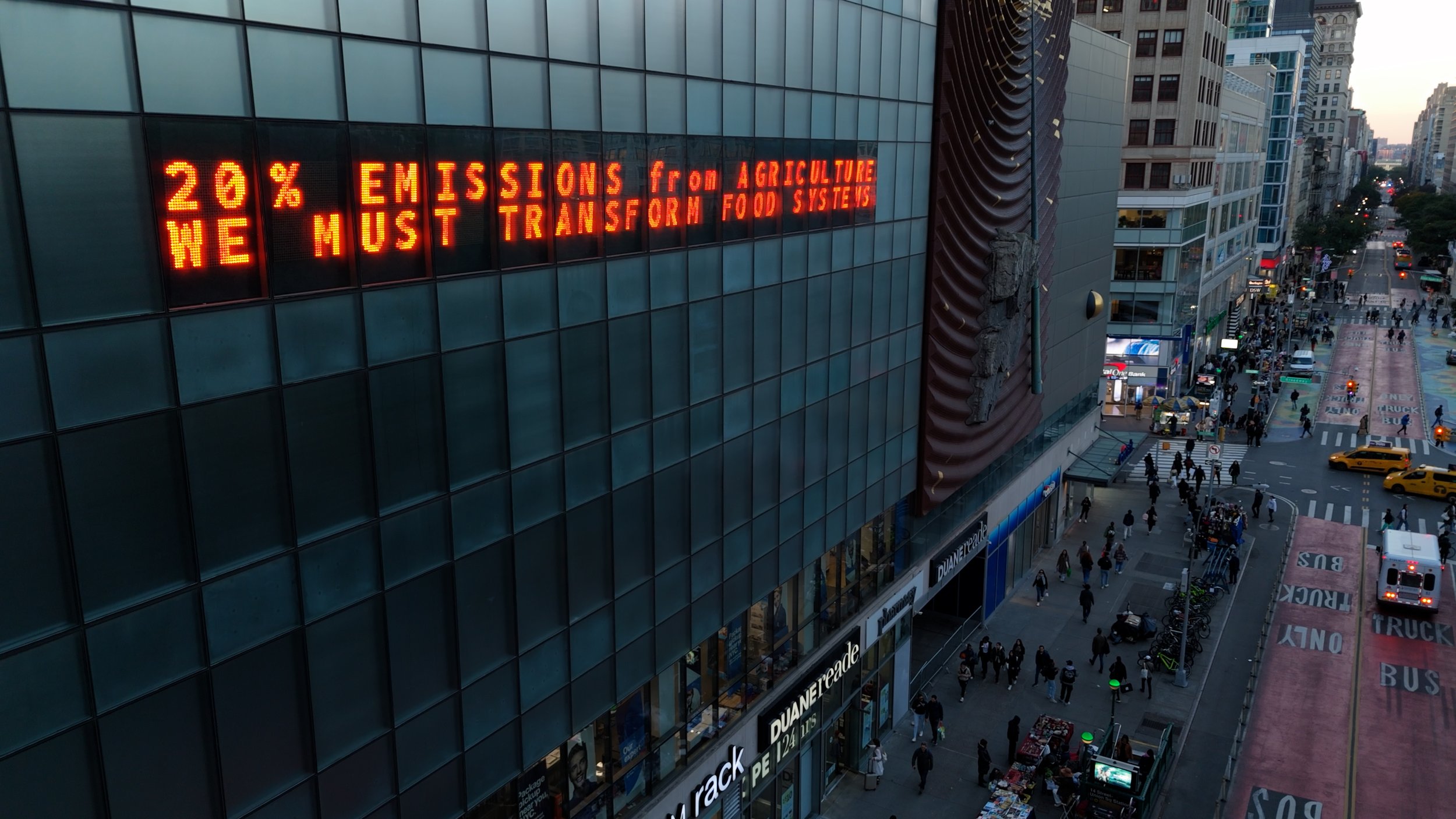
#6: Regenerative agriculture
Agriculture contributes 18%-21% of global emissions. Moreover, 52% of agricultural soil is degraded, risking famine and the release of 850 billion tonnes of CO2e. Adopting sustainable agricultural practices, like regenerative agriculture, is key to reducing the sector's emissions and improving food security.
Why change is needed
Every day, the agriculture sector produces ~24 million tons of food and provides livelihood to 2.5 billion people, serving as the largest source of income for poor and rural households. However, if current agriculture-caused land degradation continues, crop yields are expected to fall by 10% across the world, and up to 50% in certain regions by 2050.
To keep global warming below 2oC, stop biodiversity loss, redress inequalities in food access, malnutrition and hunger, and ensure there is enough quality soil to feed the world, the global agricultural sector will need to raise food production by 60-70% and simultaneously regenerate soil on more than 1.6 billion hectares of cultivated farmland.
Without fundamental reform, the current global food system will be unable to sufficiently improve soil health, ensure food and livelihood security, and adapt to and mitigate climate change. Rapidly scaling up the practice of regenerative agriculture is one key pathway for transforming the global food system.
Lifeline for change: regenerative agriculture
Regenerative agriculture aims to maintain vegetation cover throughout the year via crop rotation and perennial crops, reduce soil degradation, increase diversity of soil organic matter, maximize nutrient and water use efficiency by crops, integrate livestock management with improved grazing practices, and minimize dependence on chemical fertilizers and pesticides.
The global land area certified by Regenagri* as regenerative agriculture measures 1,302,905 hectares, a 43-fold increase since December 2020. Between 2022-23, Regenagri noted an average greenhouse gas emission reduction of 1.5 tonnes CO2eq. per hectare under regenerative agriculture and 0.7 to 1 tonnes CO2eq. carbon sequestration per hectare.
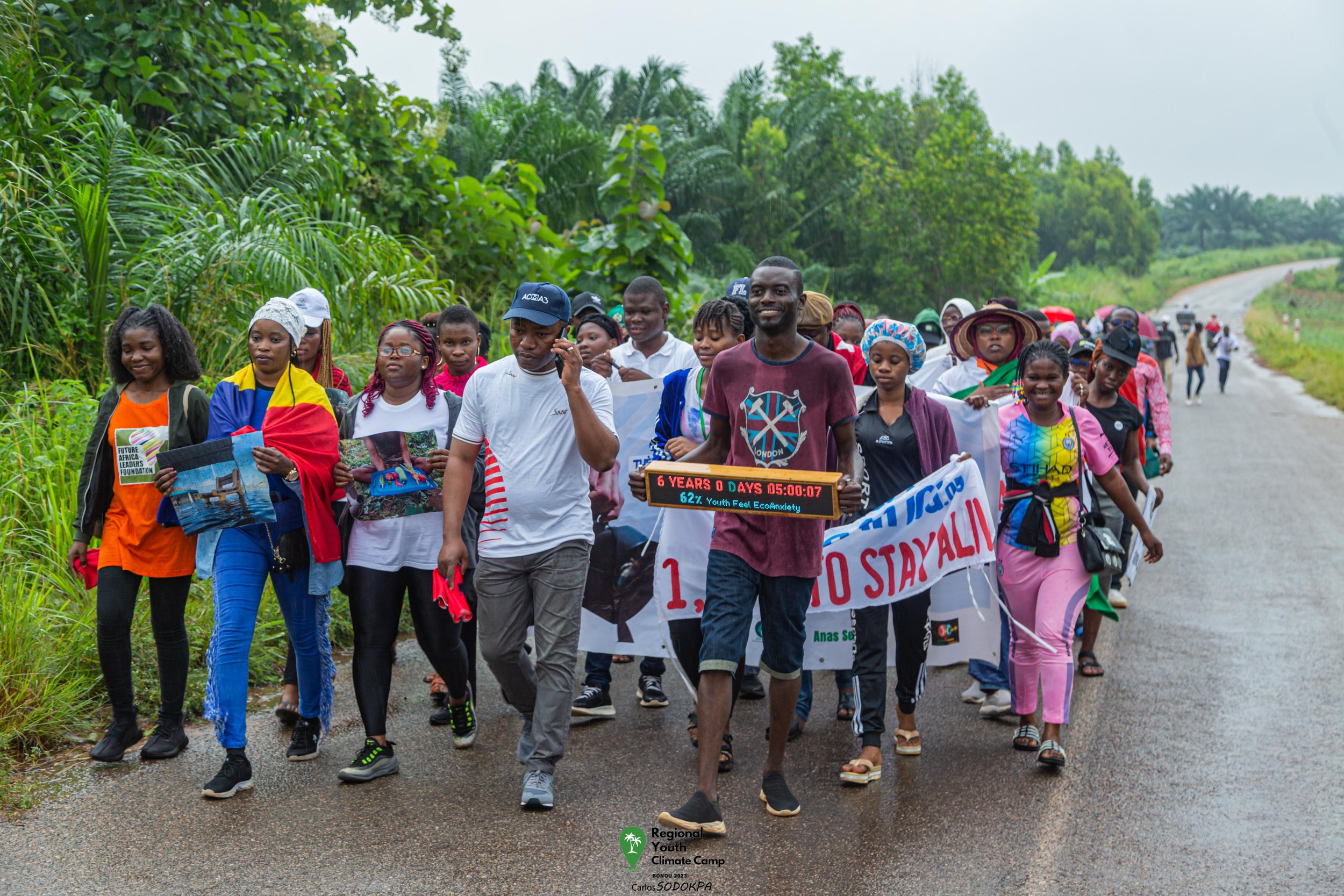
#7: $ Saved If We Act Now
Acting now to mitigate climate change is a crucial climate solution that would prevent potentially $32 trillion in damages by 2050, according to an extensive recent study from the journal Nature.
Why change is needed
Climate change poses massive significant short-, medium- and long-term economic risks. An extensive 2024 study published in Nature indicates that if left unaddressed, damages due to climate change — including reduced agricultural yields, increased healthcare costs due to heat-related illnesses, and infrastructure damage from extreme weather events — could take a $38 trillion bite out of the global economy by 2050. By taking immediate action, we could reduce the expected economic losses to “only” $6T, saving up to $32 trillion by 2050.
According to the study, global warming could decrease global GDP by nearly 20% by 2050, disproportionately affecting developing countries. These findings underscore the urgent need for comprehensive climate policies and investments in both mitigation and adaptation strategies.
Delaying action not only exacerbates environmental risks but also imposes substantial financial burdens on economies worldwide, threatening the long-term stability of human civilization.
The goal: Save $32T
By acting promptly, we have the opportunity to mitigate these escalating costs, potentially saving vast sums of money—up to $32 trillion dollars—by avoiding further climate-related damages and their associated economic impacts. Additionally, timely action can help prevent irreversible environmental damage, protect biodiversity, and safeguard human health and well-being. Immediate climate action would not only save trillions of dollars, but would also preserve a just and livable planet for ourselves and future generations.
How to use this lifeline
Whenever anyone says, “but it costs too much to tackle climate change,” just show them this Lifeline and tell them, “actually it costs way too much not to.”

#8: 30 x 30
The 30x30 initiative is a crucial climate solution that aims to safeguard 30% of the Earth's land and sea by 2030 by expanding protected areas and other conservation measures. Getting to 30% by 2030 is necessary to safeguard biodiversity, mitigate climate change, preserve ecosystems, wildlife habitats, and ensure sustainable resource use. The initiative responds to global biodiversity loss and promotes resilience against environmental challenges, emphasizing collaboration and policy support to achieve lasting conservation impact.
Why change is needed
As temperatures rise and weather patterns become more erratic, species face habitat loss, altered ecosystems, and increased extinction risks. The UN highlights how warming temperatures disrupt natural habitats and migration patterns crucial for species survival. Changes in land use, often driven by agricultural expansion or urbanization, further fragment habitats and reduce biodiversity hotspots, as noted by the CPREE at Princeton University. According to a study published in Science, global biodiversity may have declined by 2%-11% due to land-use change. Additionally, rising emissions exacerbate climate change effects, leading to ocean acidification and heightened vulnerability to diseases. Without decisive global action, climate change is projected to become the primary driver of biodiversity decline by mid-century, underscoring the urgent need for sustainable practices and international cooperation to mitigate these impacts.
The goal: 30% of earth by 2030
The 30x30 Initiative is a crucial climate solution that aims to safeguard 30% of the Earth's land and sea by 2030 by expanding protected areas and other conservation strategies. Preserving 30% of the Earth’s intact ecosystems would maintain vital carbon sinks and help to mitigate greenhouse gas emissions. Currently, we are shy of our 30% goal: according to Protected Planet only 17.5% of terrestrial and inland waters and Other Area-based Conservation Measures (OECMs) are under protection. Other efforts outlined by the International Institute for Sustainable Development (IISD) such as incorporating indigenous and local communities rights, addressing implementation challenges, and expanding conservation ambition play key roles in fostering global cooperation and tracking progress on the Initiative. The 30x30 goal is an ambitious target; not only does it protect biodiversity, it also enhances ecosystem resilience against climate impacts, significantly contributing to global climate change mitigation and adaptation efforts.
How to use this lifeline
Equipped with this Lifeline, you can more effectively urge your local and national government to protect 30% by 2030. Please use this toolkit to take action in your community and spread the word. And in the process, we can integrate indigenous and traditional territories, ensure equitable governance, and respect local rights, all while aligning sustainable use with conservation goals.

#9: end fossil fuel subsidies
Every year G20 governments subsidize the fossil fuel sector to the tune of $440B. Visionary efforts are underway to stop fossil fuel subsidies worldwide, and redirect that money towards climate finance. The Ending Fossil Fuel Subsidies Lifeline highlights this crucial climate solution.
Background
According to a 2022 report by Energy Policy Tracker, the G20 countries allocate a staggering $440B per year to subsidize fossil fuel production. Despite the COP28 agreement signaling a move toward ending fossil fuel dependence, and the G7’s official commitment to end FF subsidies, they remain substantial and continue to delay the urgent shift to renewables. And it’s not like these subsidies are helping the little guy: 57 major fossil fuel and cement producers are responsible for 80% of global CO₂ emissions since the Paris Agreement, highlighting the urgent need to cut these destructives incentives.
The goal: End all fossil fuel subsidies
Ending fossil fuel subsidies would remove a major financial incentive that currently encourages excessive fossil fuel extraction. Redirecting these funds toward renewable energy development would accelerate the transition to a clean energy economy, help limit global temperature rise, mitigate climate change impacts, and strengthen essential services.
How to use this lifeline
Spread the word about — and get involved in — the following visionary campaigns to end fossil fuel subsidies and redirect that money to climate action:
- “Move The Money” campaign at We Don’t Have Time (global)
- ”Shift the Subsidies” database at Oil Change International (global)
- PIRG’s “Get Off Fossil Fuels” campaign (USA)
- Friends of Fossil Fuel Subsidy Reform (global)
and please tell us about other efforts underway not listed above.

